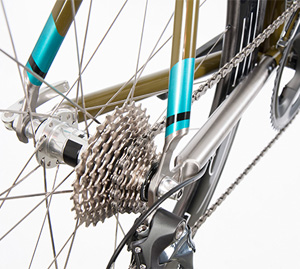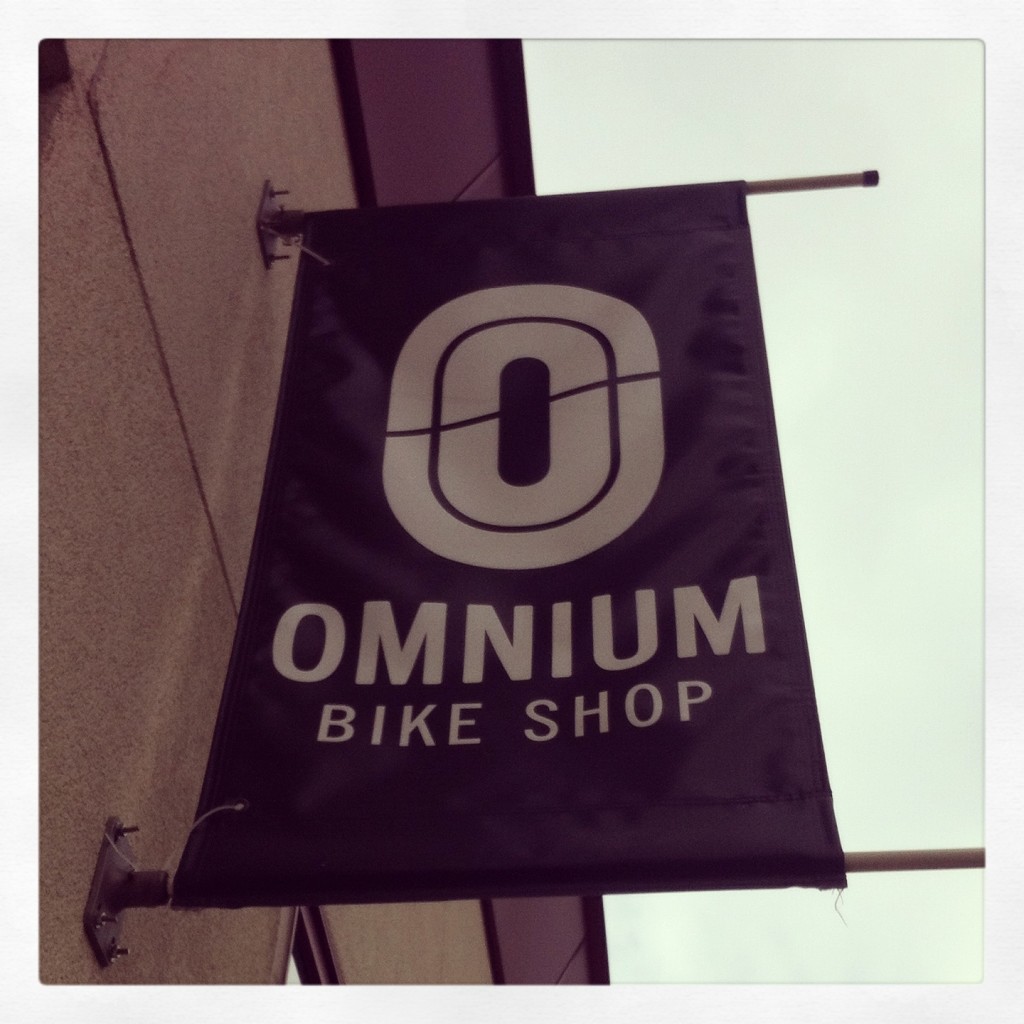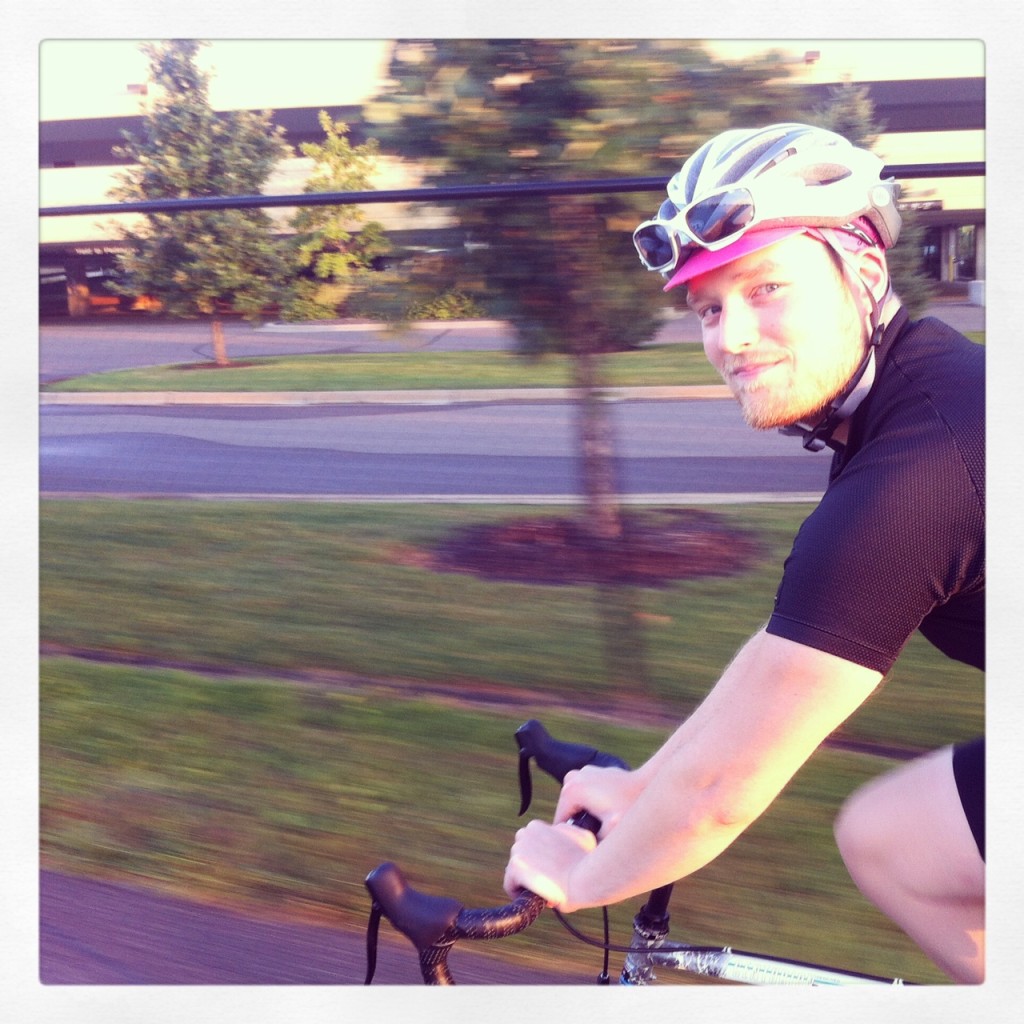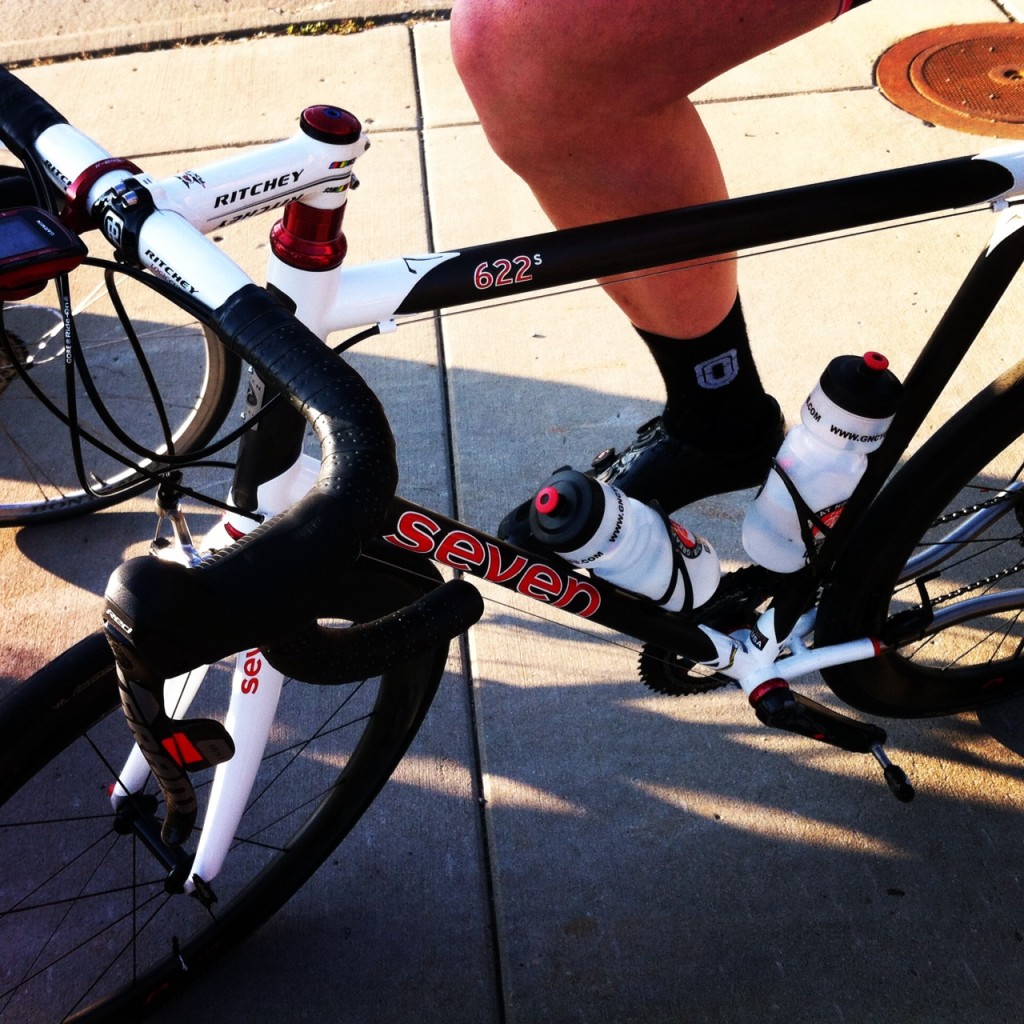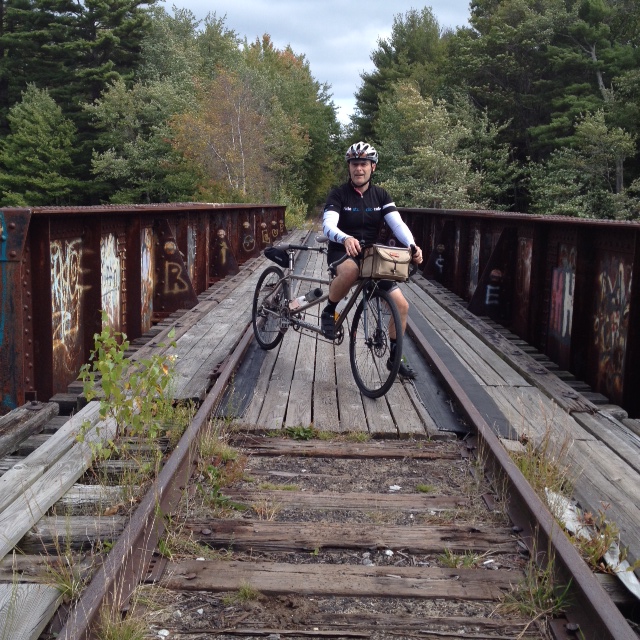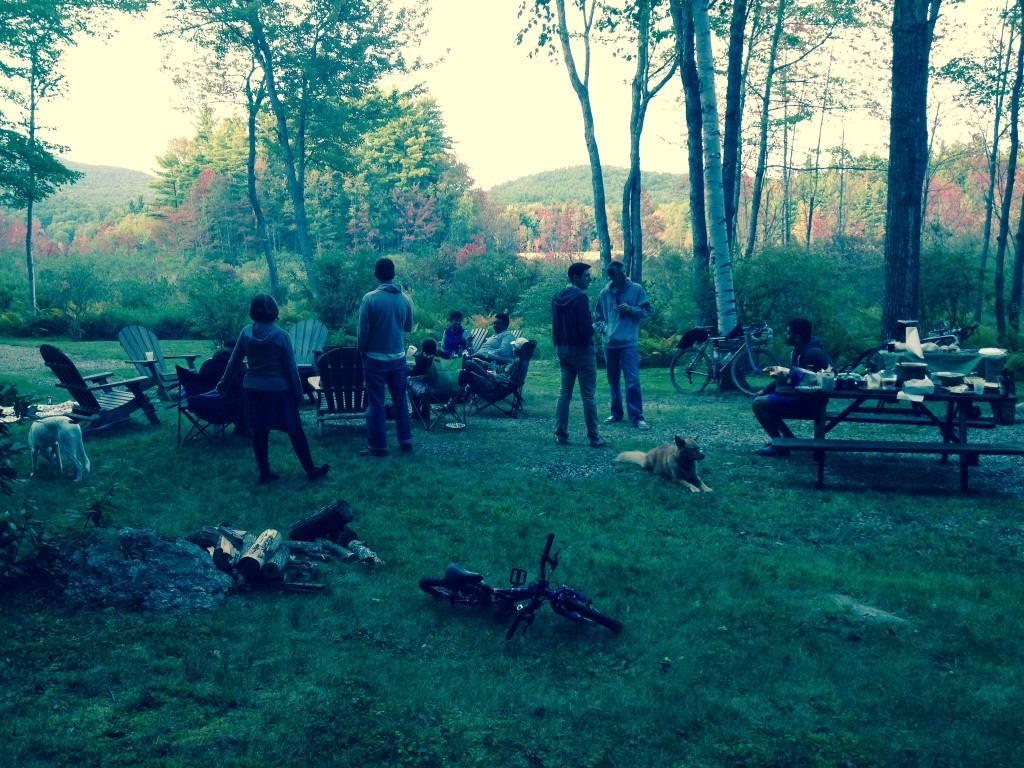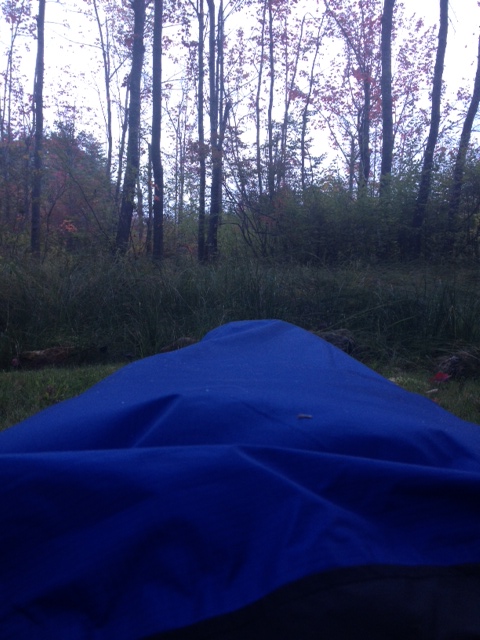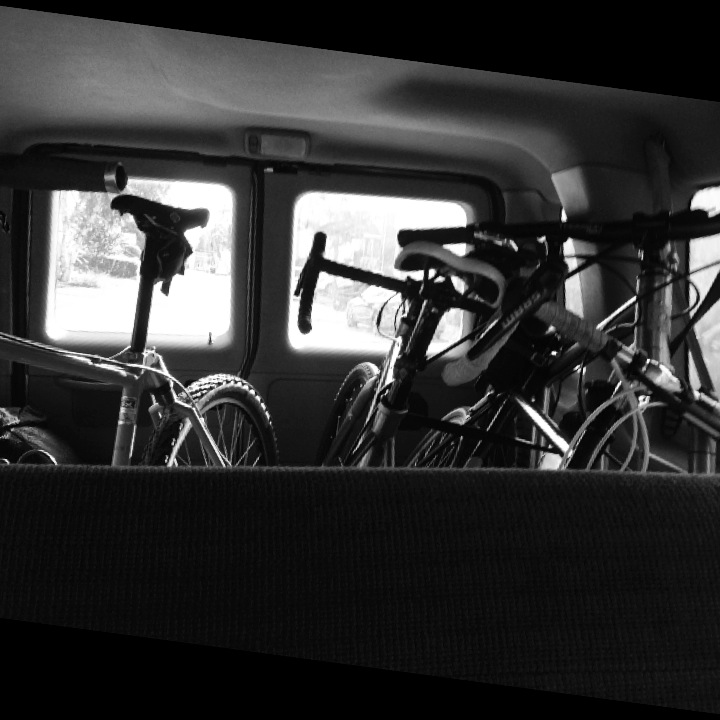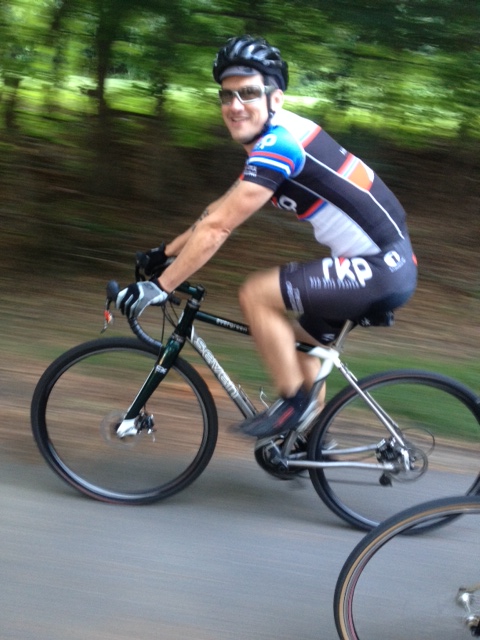You may have noticed in a recent post about Craig Gaulzetti’s new Axiom SL, that he wanted a race bike. Craig raced as a youngster while growing up in Belgium, and has never gotten over the thrill of a stiff, speed first, comfort second-if-at-all race bike. He wanted to recreate the same excitement with his very first Seven, and we were excited to take on the challenge.
Walking around our production floor, the most memorable site is the towering wall of titanium tubing located in the machining area.

Hundreds of twenty foot tall tubes tower over everything in sight. Organized by diameter, these tubes will determine how a bike will feel on the road. To over simplify, a narrow tube will bend and flex over bumps and potholes resulting in a plush ride, but all that flex means the bike won’t explode forward when you stomp on the pedals. A large tube responds oppositely, bouncing over bumps like a poorly performing suspension, but will take off like a rocket when you mash your pedals. Most people want bikes that fall somewhere between those two extremes. No matter how you want your bike to feel on the road, choosing the appropriate tube set is our specialty.
To ensure Craig’s bike was going to bring him back to his racing heyday, some of our most massive tubes were selected, including the Louisville Slugger-esque 1 3/4″ down tube, a 44mm head tube, and a 1 1/2″ top tube. For most of us, these tubes would yield a bike so harsh, we’d want off. But Craig was looking for that feeling exactly, so when it came time to select his chain stays, we reached past the traditional 7/8″ tubes, and chose our most hulking, 1″ tube stock. An additional eighth of an inch in diameter sounds minor, but in both looks and performance, the difference is obvious. We felt these stays would add the extra boost Craig was after, and his early reports confirm that they have done the trick.
For Craig’s Axiom SL, the 1″ chain stays made sense: the design mission, the size and power output of the rider, and the overall aesthetic were a perfect match. Though they worked wonderfully for Craig, the one inch stays aren’t for everyone. More often than not, they are too stout, too heavy, or too limiting in component choices to use. These large chain stays crowd the bottom bracket junction, leaving only enough room for slick, narrow tires, and are therefore only available on our road bikes. They are so large and stout, that we do not curve them as you’ll see on all of our 7/8″ stays (as I incorrectly pointed out in my response to Brian S. back in September), they get just a small tire clearance crimp but are otherwise perfectly straight.
If you are interested in discussing whether or not our one inch chain stays are right for you, give us a call!

